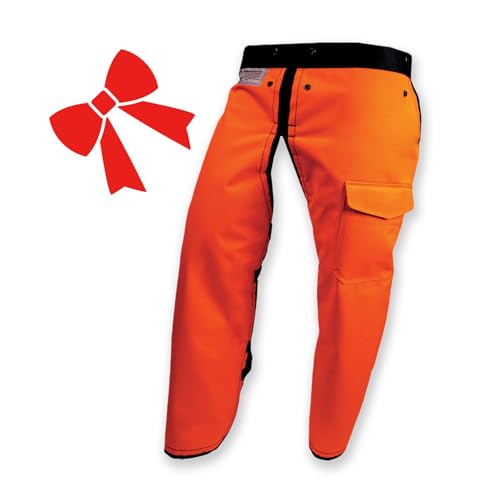gemniii
Addicted to ArboristSite
- Joined
- Aug 2, 2009
- Messages
- 1,502
- Reaction score
- 166
Going by rule #4
I checked my rakers on my Woodland Pro .375 30RP (ripping chain).
On the box it says to set them to 0.022, sawing was getting slow. So I bumped them up (or down) to 0.028. MUCH better.
The FOP (progressive) doesn't exist for that chain, but should I basically try to strike a line from the top of 1 cutting edge to the base of the one in front?
What are you guys doing for hand filing rakers?
/edit - I'm using a straightedge (actually a FOP), a sparkplug feeler gauge, and a handfile for my rakers. If I need to take them down several thousands again I'll probably use my grinder
And further enhanced here:4) start with a freshly sharpened chain with rakers set correctly and don't let the chain go blunt. Stop and sharpen or change chains often.
Assisted by pics like here:With that combo and milling green wood you should get a lot of chips and very little dust. If you are getting a lot of dust I would check your raker heights, they should be ~1/10 of your gullet width and not a constant value eg 0.025"
Unfortunately I don't have anything that takes pictures that close.If you can post a close up of your chain like this

I can assess if your raker depths are well set up to give chips
I checked my rakers on my Woodland Pro .375 30RP (ripping chain).
On the box it says to set them to 0.022, sawing was getting slow. So I bumped them up (or down) to 0.028. MUCH better.
The FOP (progressive) doesn't exist for that chain, but should I basically try to strike a line from the top of 1 cutting edge to the base of the one in front?
What are you guys doing for hand filing rakers?
/edit - I'm using a straightedge (actually a FOP), a sparkplug feeler gauge, and a handfile for my rakers. If I need to take them down several thousands again I'll probably use my grinder
Last edited:





 and others here to compare to like Mtngun, Oldsaw,(insert name here there are quite a few). Having said that, I'm going to go throw a ruler on and use feeler gauges to assess exactly what I have so I'll know for future. I need to get all my chains touched up any way for spring so I'll be ready to hit the hills. Too bad it's a few months away yet. I suspect optimum raker height depends on the wood type as well which would explain some of the variations/preferences you see here from time to time-good post!
and others here to compare to like Mtngun, Oldsaw,(insert name here there are quite a few). Having said that, I'm going to go throw a ruler on and use feeler gauges to assess exactly what I have so I'll know for future. I need to get all my chains touched up any way for spring so I'll be ready to hit the hills. Too bad it's a few months away yet. I suspect optimum raker height depends on the wood type as well which would explain some of the variations/preferences you see here from time to time-good post! 




















































